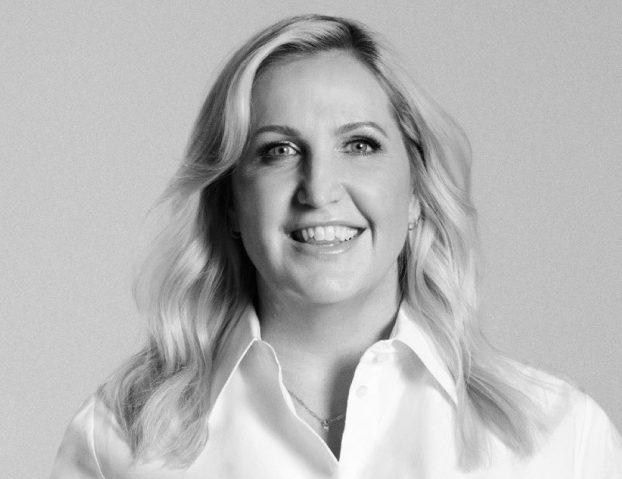
By Will Novosedlik
Telus Health Lifeworks has published its latest monthly mental health survey of Canadian employees. The numbers tell a disturbing story.
Last month, we reported Lifeworks’ findings stating that there was a big difference between the workplace culture employers believed they were cultivating and how that culture was actually being received by employees – as well as measures that could be taken to support employee mental health better.
In the midst of post-Covid uncertainty, it behooves us to track the impact on workplace mental health with greater regularity, because let’s face it: Covid is not over. And the economic after-effects of the pandemic are pushing us closer and closer to a recession. The war in Ukraine, meanwhile, becomes more tense by the day, adding to anxieties about a potential global conflict.
We caught up with Paula Allen, global leader and SVP research at Lifeworks to discuss the findings.
What were the big take-aways from the latest results?
Canadians are still struggling with mental health. We found that 32% of the workforce is at high risk for mental health complications, quite a bit more than it was in 2009, when it was 12%. That struggle persists, even though the pandemic is in a different phase right now.
There’s a strain on the employee-employer relationship (see sidebar “Mental Health by the Numbers” below). At the very beginning of the pandemic, there was a real awareness by a lot of employers that this was difficult for people, and there was a lot of communication and support around mental health. All of that was appreciated by employees. But the narrative has shifted and we’re not talking about it as much. Employers are talking more about returning to the office. So, even though the concern about mental health and well-being hasn’t really changed, in my view, the focus on it has definitely lessened. That’s impacting the level of trust employees have in their leaders.
The report shows that 32% are considered high risk. What constitutes high risk?
April 2020 was when we started looking at it monthly, and that’s when we saw a massive drop in mental health scores. We really haven’t recovered that much. Overall, the proportion of the population that’s high risk is still about one third.
High risk is when your anxiety and depression are interfering with your life. Many people have been diagnosed with a disorder, but with the right tools, it’s in their control. If they’re getting good social support, taking medication if needed, and have counsel, then they’re in a good place and we’re not considering them high risk any longer. But those people who are still struggling even though they are getting care, or people who are not getting any kind of care, are who we consider high risk.
Your results also show that 42% of respondents report medium health risk and 25% are low risk. How do you define medium risk?
It’s when you have extraordinary stress and you’re starting to feel overwhelmed, but it hasn’t really had a major impact on your daily life yet.
So a quarter of the workforce is at low risk levels?
That’s correct. This means it’s really important to realize that the shift in our collective mental health is still a big concern. Just because we’re not right in the middle of a pandemic doesn’t mean that the impact of that shift, plus the impact of all the things that we had even before that shift aren’t significant.
We had a lot of uncertainty. We had a lot of isolation. People started to develop risky behaviours. We’ve had a fourfold increase, for example, in terms of risky drinking behavior. All of that happened during the pandemic, and it’s continued.
Almost a half of the population is aware that they’re more sensitive to stress. Their fuse is a little bit shorter. You can see it manifested in more aggressive behaviours, especially online.
You report that anxiety, isolation and work productivity have shown the lowest mental health sub-scores for five months now. What’s behind that?
During the pandemic we all had to isolate ourselves. We weren’t having as much actual contact and video contact didn’t really live up to expectations. Nonetheless, people have gotten much more comfortable with less social contact. One of our prior reports found that about two thirds are quite happy to have less. Many have just gotten used to not seeing people and don’t really want to see people anymore. They seem more comfortable being by themselves. They can get their food by themselves, they can get entertainment by themselves. They don’t really want to go out and have a meal with friends, because it’s not part of their routine anymore, which is unfortunate.
We need other people to keep ourselves mentally healthy. We’re built to respond positively to social support, to feel a sense of belonging. But isolation is something we’ve been trending towards even before the pandemic. The pandemic just really ramped it up tremendously.
Women are three times more likely to identify work stress as the reason for their mental health decline. Can you tell us why?
We reviewed some research that said that in virtual meetings, women are less likely to feel that they have a voice, especially if the meetings are large. They have to work harder to be seen. They’re more likely to feel ignored and less likely to have the floor. It’s stressful when you don’t have that sense of recognition.
The other hypothesis is more concerning. A lot of people, male and female, are not keen on returning to the office full time. But their reasons are different. Women feel that they’re going to get the short end of the stick if they have the burden of childcare and domestic responsibilities. For women the stakes are a little bit higher.
Mental Health by the Numbers
In Lifeworks’ report, 33% of respondents said that they considered their mental health to be worse since the pandemic. A changing relationship with their employer has been a factor, according to the following responses:
- 43% say that a change in the handling of employee well-being led to a decline in trust.
- 46% indicate that a change in workplace culture is the reason for a decline in trust between employees and their employer.
- 30% blame changes in communication for a decline in trust.























